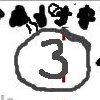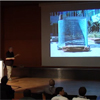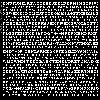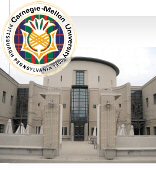|
James (Jim) Gillogly has had a long history with computers. He wrote a chess-playing program in the Fortran programming language in 1970, and in 1972, he ported the code for "Colossal Cave" from Fortran to C.
He graduated from Carnegie Mellon University in 1978, receiving a Ph.D. in computer science. His dissertation was on "Performance Analysis of the Technology Program".[1]
Gillogly worked as a computer scientist at RAND, specializing in system design and development, and computer security. He has written several articles about technology and cryptography, was the editor of the "Cipher Exchange" column for The Cryptogram, and was president of the American Cryptogram Association.
He is best known for his work solving or debunking some of the world's most famous unsolved codes. In 1980 he wrote a paper debunking the Beale Ciphers, and he received international media attention for being the first person to publicly solve parts 1-3 on the CIA's Kryptos sculpture in 1999. He also coordinates a large mailing list about the ciphers in the Voynich Manuscript. On the PBS website, they report that he has been called "arguably the best non-government cryptanalyst in the U.S." in the field of classical (historical) cryptosystems.[2]
Among his other hobbies, Gillogly is a singer, and has sung both at Renaissance fairs and with a chamber music group in Carnegie Hall.
He currently splits his time between California and Hawaii.
| 





 Hint: I used steganography to hide my X-files --- (login/username/passwd is on every page) Happy Hunting!!!!
Hint: I used steganography to hide my X-files --- (login/username/passwd is on every page) Happy Hunting!!!! 




